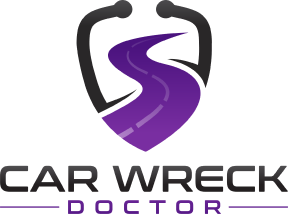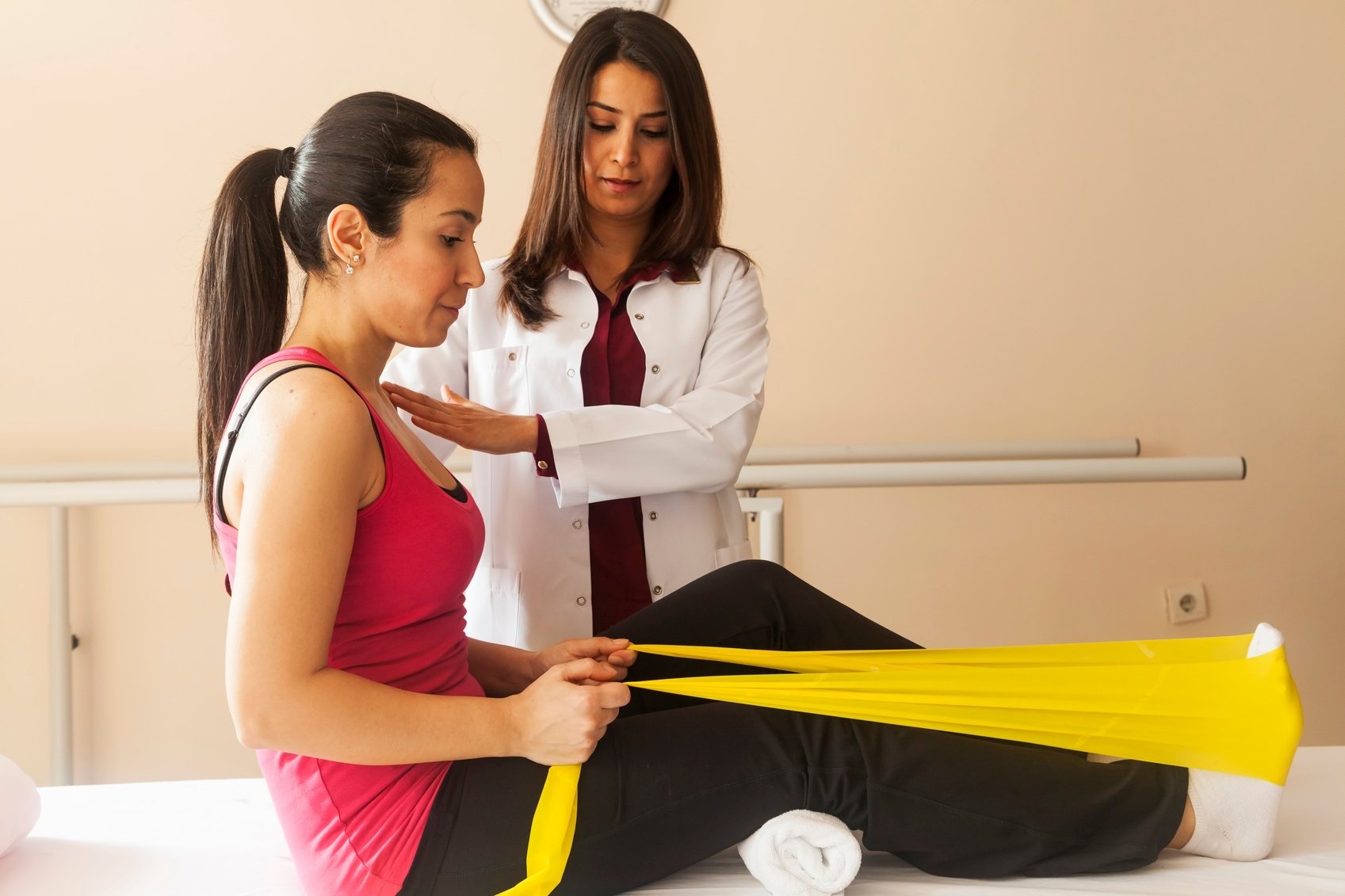The 10 Different Types of Chiropractic Therapies
Chiropractic care used to be a fringe medical practice, but as research has proven its effectiveness, it has become as mainstream as the dentist.
If you've never been to the chiropractor though, you're probably only familiar with spinal manipulations.
This is what chiropractors do that cause the big pops in your spine and other joints.
Spinal manipulations combine moving and jolting joints, massage, exercise and physical therapy.
It's used to relieve pressure on joints, reduce inflammation and improve nerve function.
It’s most often used to treat back, neck, shoulder and headache pain.
Chiropractors can use it to treat other discomforts too, such as menstrual pain and sinus problems.
However, that's not the only type of therapy your chiropractor may use when you visit them.
These various helpful treatments won't do any good if you are unsure whether or not you should receive chiropractic care. Read our blog post: "6 Reasons to See a Chiropractor After Your Car Accident."
Table Of Contents
- Therapeutic Exercises
- Therapeutic Stretching
- Spinal Traction
- Soft Tissue Manual Therapy
- Muscle Stimulation
- Transcutaneous Electric Nerve Stimulation
- Ultrasound
- Ice and Heat
- Diet and Nutritional Counseling
- Lifestyle Modification
- Chiropractic Care Is More Than Spinal Manipulation
During your first appointment, along with getting your detailed medical history, your chiropractor will perform a physical exam.
Based off of your medical history and physical exam, your chiropractor will make a treatment program designed specifically for you.
This treatment could include spinal manipulations, as well as many other therapies.
Let's discuss each type of therapy.
1. Therapeutic Exercise
It is very common for your chiropractor to prescribe specific strengthening exercises for you if you have back, neck and extremity problems.
These exercises are designed to reduce pain, prevent further muscle deterioration, promote your joint health, increase your strength, stability, and range of motion.
They will also protect against new or recurring injuries.
Before you leave their office, your chiropractor will show you how to perform the exercises and will supervise you until you can do them comfortably on your own.
It is important to keep up with your exercises as prescribed by your chiropractor, very similar to how you should keep up with your prescribed medicines.
It has been proven that people who follow their exercise instructions will heal faster than those who don't.
2. Therapeutic Stretches
After you've had an injury, therapeutic stretching is a great way to prevent scar tissue from forming.
Maintaining a regular stretching routine even after the injury has healed helps keep your tissue flexible, increases mobility, and will protect you from new injuries.

Just like with the exercises, your chiropractor will show you how to perform the stretches, and won't let you do them on your own until you're comfortable with them.
3. Spinal Traction
Spinal traction is very popular with many chiropractors.
With spinal traction, traction devices are applied to specific areas of the spine.
This will help to gently separate the vertebrae, resulting in disc decompression, reduced nerve root pressure and result in less pain.
4. Soft Tissue Manual Therapy
Your chiropractor will use a variety of hands-on soft tissue therapies to improve the function of your soft tissues.
Your soft tissues include your muscles, ligaments, tendons and joint capsules.
The therapies they will use include pin and stretch, otherwise known as Active Release Technique, and instrument-assisted soft tissue mobilization.
5. Muscle Stimulation
This therapy uses light electrical pulses transmitted to specific areas of the body using electrodes placed on your skin.
There are a variety of types of electrical stimulation, with some used to reduce inflammation, some for muscle spasm, and some for pain relief.
Some will cause your muscles to contract to reduce muscle atrophy.
Some forms of electrical stimulation will even have a combination of effects, providing multiple benefits.
6. Transcutaneous Electric Nerve Stimulation
Transcutaneous Electric Nerve Stimulation, or TENS, is a small battery powered portable muscle stimulation machine that's used as an at-home remedy to help control pain.
The electric currents vary in intensity to help control your pain.
TENS is generally recommended to patients to help get through periods of severe pain.
They usually aren't recommended for chronic pain because they've been proven ineffective in treating chronic pain in patients.
7. Ultrasound
Believe it or not, ultrasound is used as a chiropractic therapy technique.
This is a form of deep heat therapy created by sound waves.
When applied to soft tissue and joints, the sound waves are a form of micro-massage that helps reduce swelling and increase blood flow.
It will also decrease pain, stiffness and muscle spasms.
8. Ice and Heat Therapy
Good old-fashioned ice and heat therapy are also popular therapies among chiropractors.
Ice therapy is often used to reduce swelling and help control pain immediately after suffering an injury.
Heat therapy relaxes muscles, increases circulation, and provides relief to patients with chronic pain.
Depending on your condition and specific injury, a combination of ice and heat therapy can be used.
9. Diet and Nutritional Counseling
One technique that seems the most obvious, and provides the most benefits, is diet and nutritional counseling.
Poor diet and nutritional imbalances contribute to several serious illnesses, including heart disease, stroke, diabetes and cancer.
Your chiropractor is trained in diet and nutritional counseling, so this is someone you can trust to guide you down the right path.
They will design a program specific to your needs that will help you maintain good health while minimizing the risk of developing those severe health conditions.
10. Lifestyle Modification Counseling
Another extremely beneficial therapy is lifestyle modification counseling.
Sometimes to achieve and maintain good health you need to change your entire lifestyle.
Good health is much more than the absence of pain or disease.
The small choices you make every day will significantly affect your long-term health.
Years of seemingly irrelevant unhealthy lifestyle choices will, over time, turn into very significant health problems.
Some examples of lifestyle choices with adverse effects on health include:
- Maintaining a sedentary lifestyle
- Tobacco use
- Poor diet (as mentioned above)
- Mental stress and anxiety
- Over-medicated
- Alcohol abuse
- Poor posture
- Improper lifting
You will sit down with your chiropractor and discuss your lifestyle choices, sorting through the healthy and unhealthy habits.
Your chiropractor will then give you practical strategies to deal with and manage them.
Chiropractic Care Is More Than Spinal Manipulation
As you can see, your chiropractor will do much more for you than just pop your spine.
Your chiropractor will use a variety of treatment options, like the ones detailed above, to help your body heal.
The range of treatments work together so you can return to a healthy, pain-free life.
Your chiropractor is trained to treat you as an entire person, not just the symptoms you suffer from.
Enjoyed this blog? Here are a few more you should check out:

